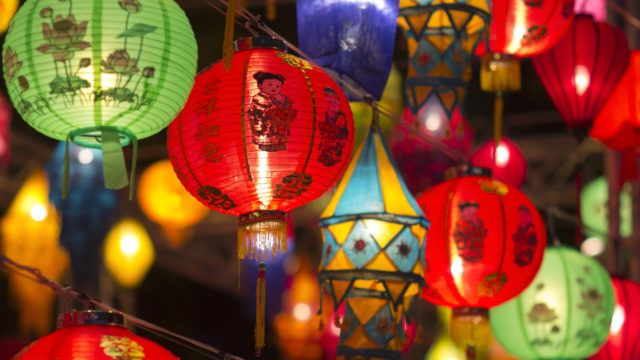Asia has kickstarted a “virtuous cycle” of higher economic growth, improving macroeconomic fundamentals and lower reliance on foreign capital, Jenny Zeng, CIO of Asia Pacific fixed income at Allianz GI, told a recent media briefing.
This will lead to higher income and excess savings, spurring demand for local funding requirements from companies, and thus more financial instruments to park excess household savings.
This in turn will naturally need the local fixed income market to grow, according to Zeng. “As the market becomes more locally driven, FX volatility will come down. Once we have that, asset will re-price.”
Foreign investors in Asia today typically pay a volatility risk premium thanks to the region’s higher currency volatility, which negatively impacts asset values to reflect the increased cost of insuring against currency fluctuations.
However, once Asian currencies exhibit lower volatility, Zeng said “everything will reprice,” including equities and local-currency bonds.
She pointed to Asia’s strong economic growth as a major driver behind this virtuous cycle. According to the IMF, economic activity in Apac is on track to contribute two thirds of global growth in 2023. In the longer term, Zeng thinks South Asia will outperform every region in the world.
“The growth narrative is very simple, but we all know that the growth story itself is not going to translate directly into better returns,” she said.
“Something critical needs to happen. Pretty much since 1945, for people to make money in emerging markets, there has to be three conditions to be met at the same time.”
“You need a weaker US dollar, you need weaker oil prices, and you need OECD economies to not be in recession.”
Most emerging markets companies are limited by the fact that they conduct the bulk of their trade with the US and OECD economies, and their small, shallow local capital markets are often unsuitable for their long-term capital needs.
“They are constantly in need of US dollar liquidity,” Zeng said. “To a certain extent, analysing emerging markets fixed income can be extremely easy, that is: you only need to see how much foreign currency reserves they have, and how much foreign debt they have.”
Breaking the emerging market curse
Some economists refer to the “impossible trinity”, or the “impossible trilemma” – the theory that countries can only choose two out of three goals: a fixed foreign exchange rate, free capital movement and an independent monetary policy.
“I call it the emerging market curse,” Zeng said. “Asia is the only region that has the potential to break that curse.”
“The critical reason is the increasing intra-regional trade and economic activities. This is the most critical and powerful factor to break that impossible trinity.”
She highlighted the fact that Asian nations are trading more frequently with each other than with the Western OECD countries.
Indeed, according to a Brookings report written by researchers at the World Bank, trade between Asian countries has been steadily growing over the past few decades due to the increasing consumer demand within East Asia for final goods.
“China is now not only the largest trading partner of most countries in the region but also the largest source of final demand for the region, recently surpassing the U.S. and the EU,” the report said.

“If we look at consumer-class spending, emerging East Asia is expected to become home to the largest consumer market sometime in this decade,” the report said.
Zeng said the most important consequence of this is that it reduces Asian economic dependence on OECD economic cycles and reduces their reliance on the US dollar to trade.
“For now, the settlement currency is still the majority US dollar,” she said. “But the sanctions against Russia is the latest reminder of the Asian economies’ need to diversify from the dollar and the need to develop bond markets outside of US and Europe.”
She pointed to the increasing amount of trade settlement conducted in renminbi, which she believes is set to continue.
According to a report released by the People’s Bank of China, the country’s cross-border goods trade that was settled in renminbi accounted for 24.4% of total cross-border goods trade settlements, up 7% year over year.
The trend of diversifying away from the US dollar to trade is “definitely going to continue”, Zeng added, suggesting that Asian countries may in the future start to trade with each other in their own currencies.
This means that for the first time in a long time, Asian economies would be able to grow “at their full potential without being constrained by an artificial lack of US dollars,” Zeng said. “This actually significantly reduces Asia’s beta to the US and the US cycle.”
As it currently stands, most of the use of renminbi is still through China’s own cross border payments, whereas its use among third-party markets is still limited, according to a report written by Goldman Sachs economist Maggie Wei.
















